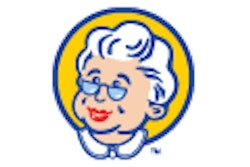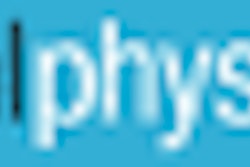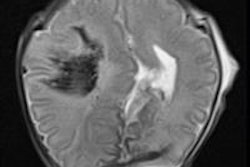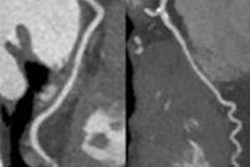Dear Cardiac Insider,
German researchers are taking cardiac MRI to new levels with their development of sodium imaging at 7 tesla. With this success in high-resolution sodium cardiac imaging, they're hoping to gain new insight into several areas that are ripe for breakthroughs in myocardial function and physiology.
Sodium MRI has been tried before, mostly in animals, but image quality was reduced by the use of lower-field-strength scanners and other technical problems. Learn how 7-tesla sodium cardiac MRI and a custom-built coil improved the technique, and what it can tell us about cardiac physiology here.
By the way, this leading-edge study comes just in time for the sixth annual Symposium on Ultrahigh-Field MRI, to be held in Berlin on 26 June.
In cardiac CT, new high-sensitivity troponin markers are changing chest pain workups in Europe, increasing the need for coronary CT angiography in some cases, and eliminating it in others. How imaging will be affected long term isn't entirely settled, but prospects are excellent for more efficient use of resources, shorter hospital stays, and better prediction of which patients can safely be sent home. For the rest of the story, click here.
Meantime in Croatia, Danish researchers presenting at last week's EuroHeartCare meeting in Dubrovnik were a bit surprised to see how much patients were affected by seeing CT scans of their own calcium-clogged coronary arteries. In fact, these patients stuck to their recommended lifestyle modification regimens far better than subjects who weren't shown evidence of calcifications. Could fear be the best medicine? Find out here.
With all the emphasis these days on lung cancer screening, radiologists would do well to remember the heart. After all, heart disease remains the leading cause of mortality. Happily, though, radiologists have everything they need to do a quick check of the heart in low-dose CT lung cancer screening. Find out what to look for, and why the lack of ECG gating doesn't matter.
In MRI of the heart as in all medicine, there are times when old, discredited ideas are resurrected with shiny new names that have the ring of scientific soundness -- but alas still thud when put to the test, according to a new column by the Maverinck, who makes a habit out of shooting down such ideas on the pages of AuntMinnieEurope.com. So what could be wrong with MR fingerprinting? Find out here.
Finally, MR analysis of abdominal fat has delivered a quick new way to assess cardiovascular risk in the overweight, according to new research from Germany. Of course, all fat is not created equal, as you'll note in this story.
As ever, we invite you to scroll through the links below for the rest of the news in cardiac imaging in Europe, right here in your AuntMinnieEurope.com Cardiac Imaging Community.



















